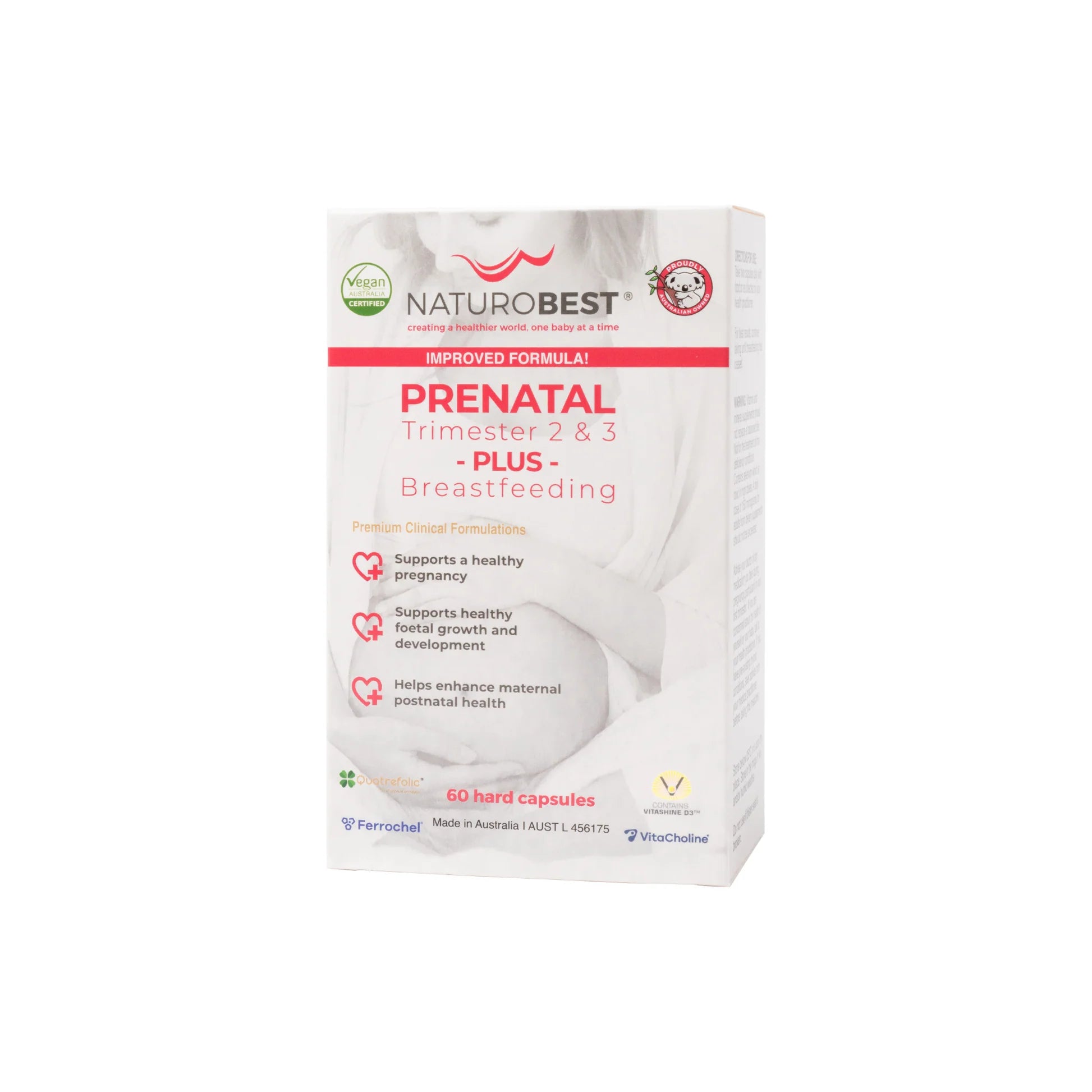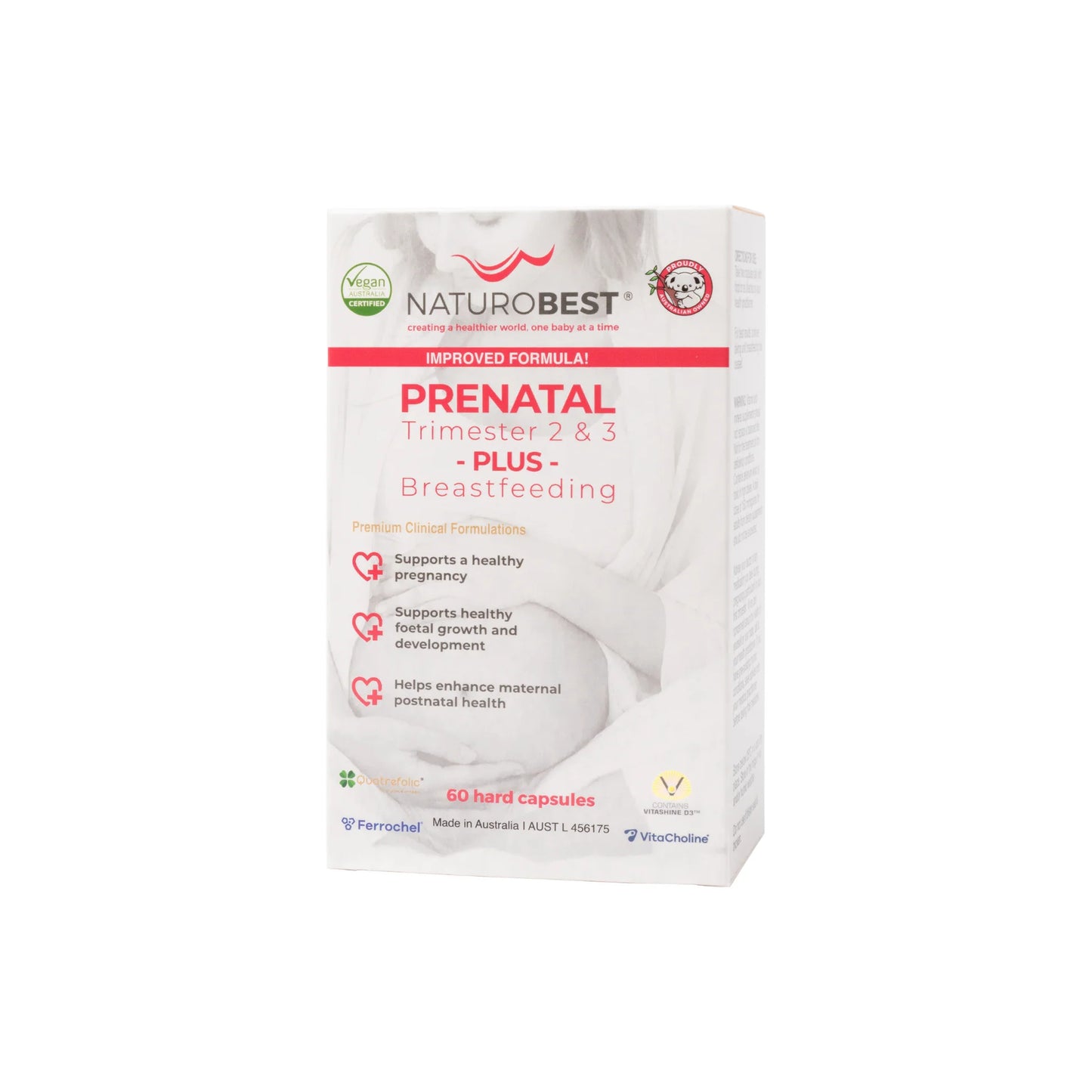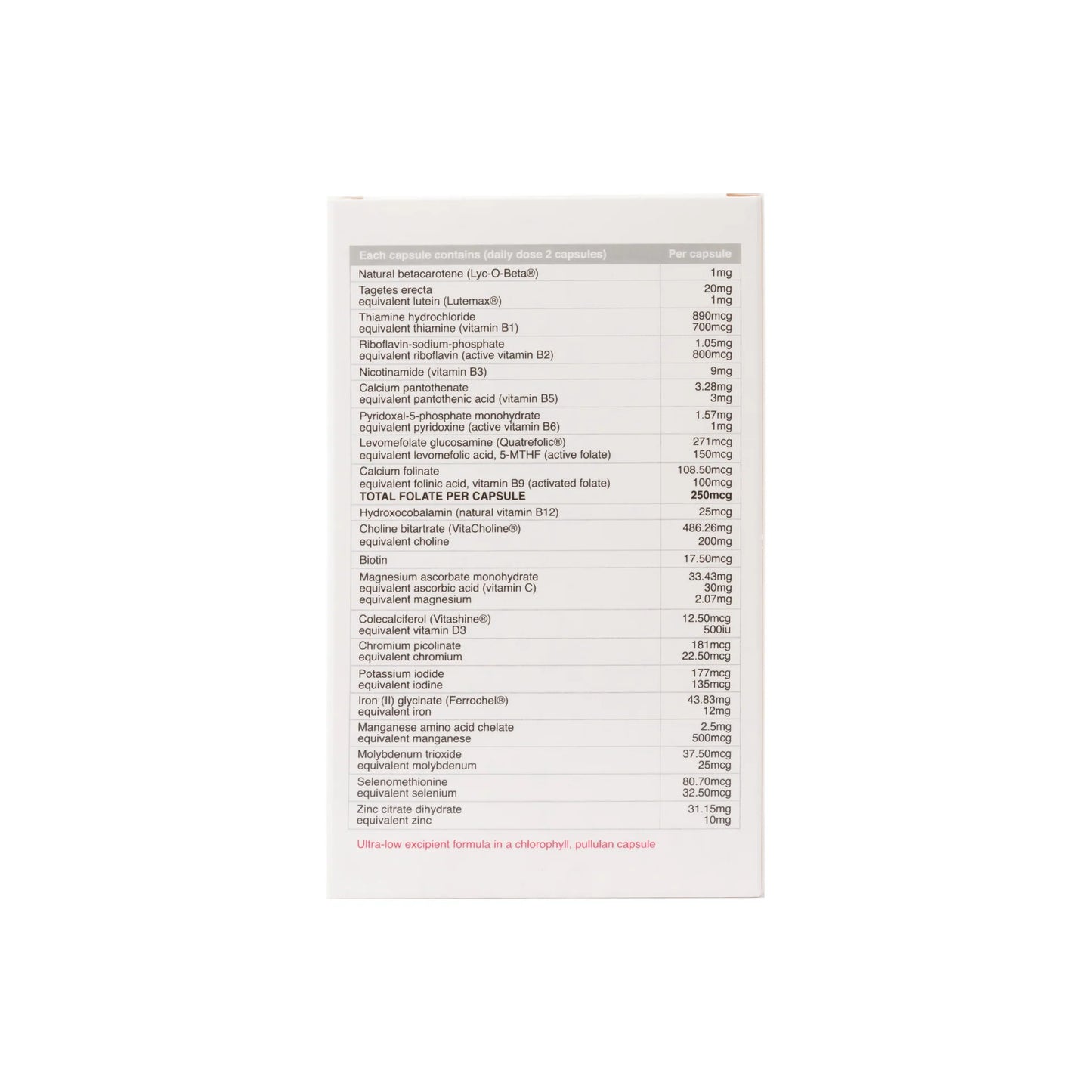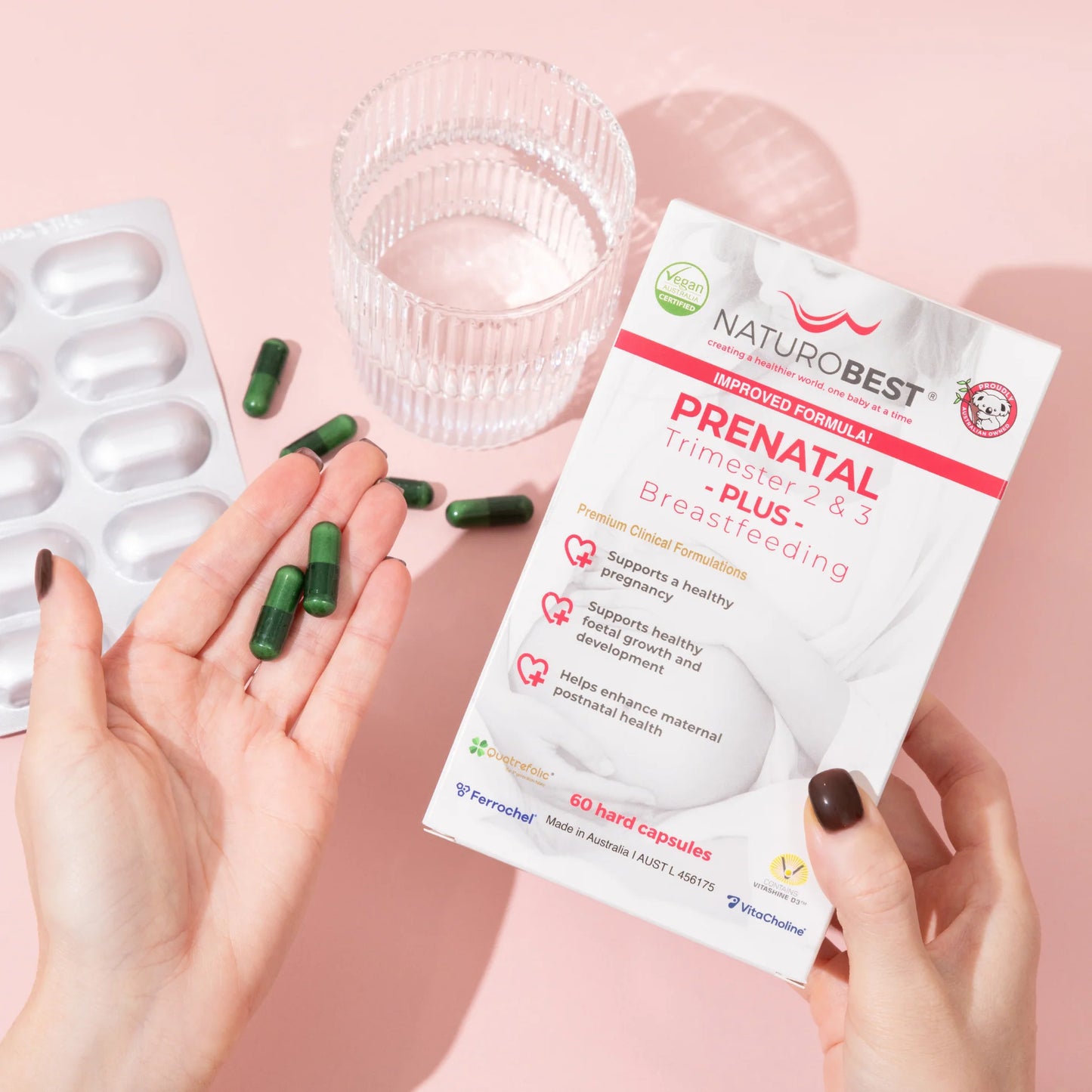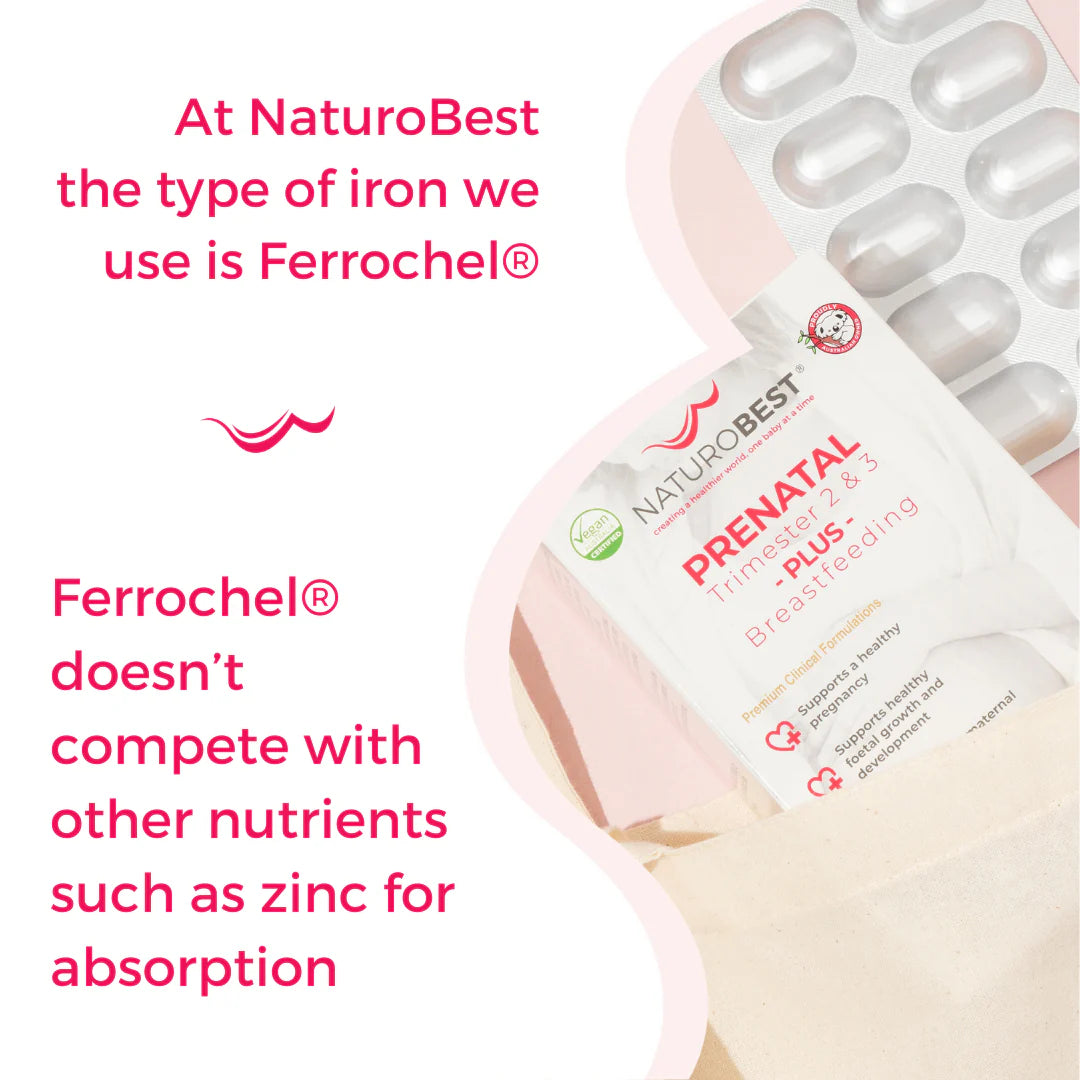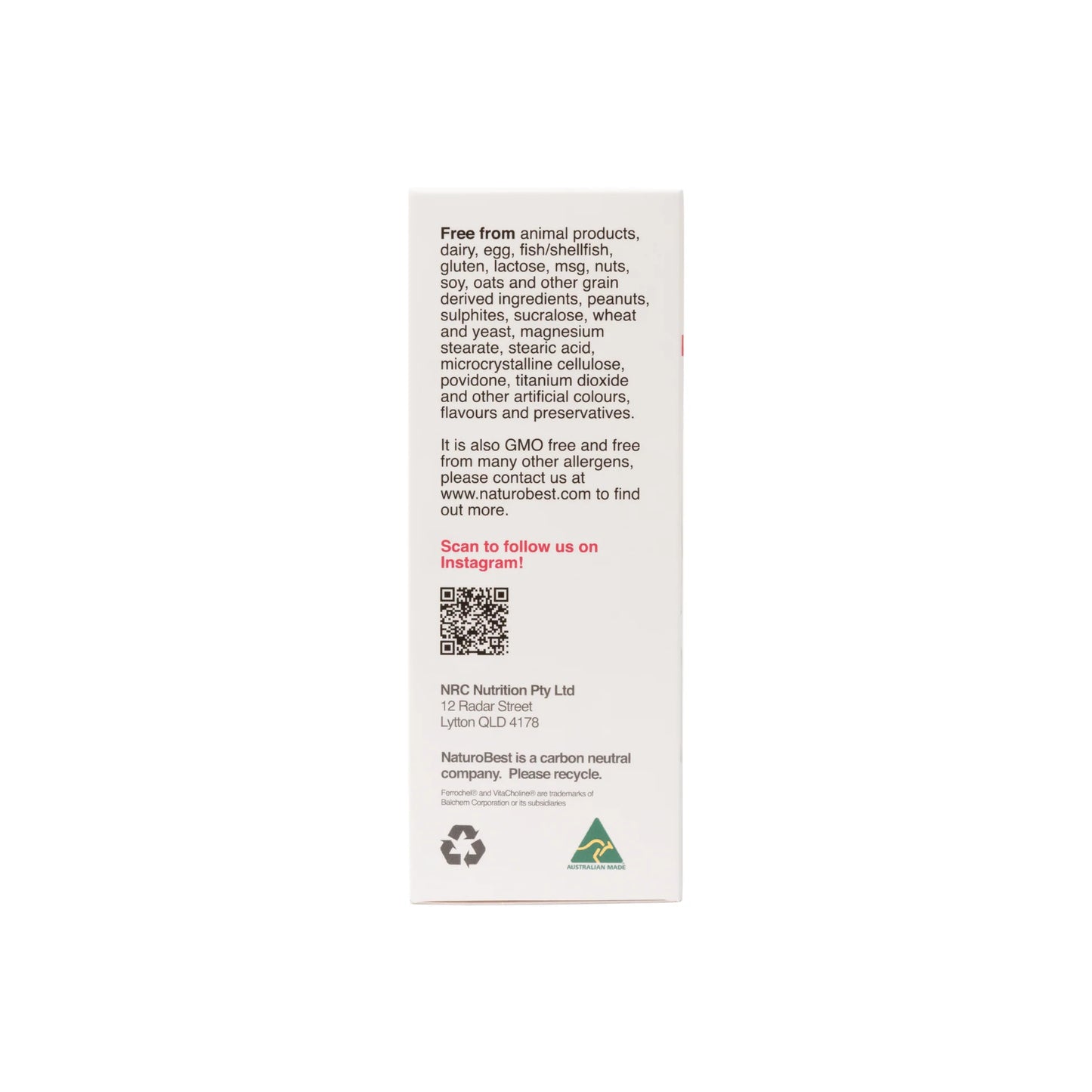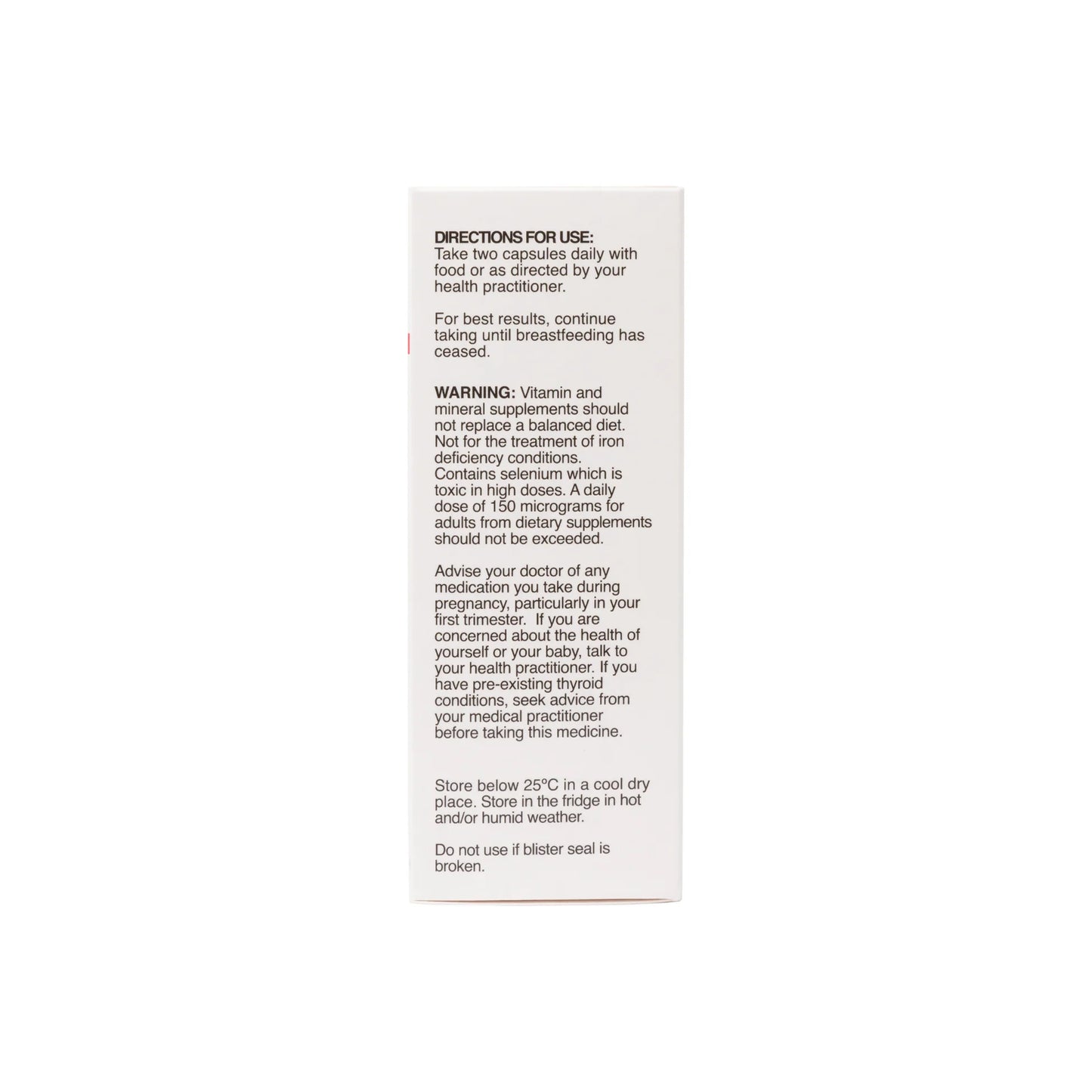An Honest Look at Laundry Sanitisers
When it comes to laundry, most of us want the same thing — clothes and linens that are fresh, soft, and hygienically clean. But if you’re building a low tox lifestyle, you’ve probably paused at some of the ingredients hiding in everyday cleaning products. One of those is benzalkonium chloride, often listed in sanitisers and disinfectants.
At Botanic Balance, I believe in being transparent about what’s in the products I stock, so let’s unpack what this ingredient does, why it’s in the Power of 4 Sanitiser Softener, and what your alternatives are if you’d prefer to avoid it.
What is Benzalkonium Chloride?
Benzalkonium chloride (sometimes shortened to BAC or BZK) is a type of compound called a quaternary ammonium compound, or “quat.” It has strong antimicrobial properties, which means it can kill bacteria, fungi, and some viruses. That makes it useful in hospitals, household cleaners, hand sanitisers, and laundry products.
In the Power of 4 Sanitiser Softener, its role is simple: it provides powerful sanitising action while also acting as a fabric softener — but unlike conventional softeners, it doesn’t leave a waxy coating on your clothes. That’s why so many families like it for bedding, towels, gym wear, and kids’ laundry.
Is it Safe in Laundry?
Here’s the key point: although the sanitiser contains 9% benzalkonium chloride in the bottle, once you add it to your wash it’s heavily diluted — down to levels around 0.01% or less in a full load. By the time your clothes are rinsed and spun, only trace amounts remain.
If you use the extra rinse cycle on your washing machine, this reduces residues even further. For most households, this means the Sanitiser Softener is safe even on baby clothes and sensitive skin.
What About the Environment?
This is where BAC is less “low tox.”
- It doesn’t break down easily in water
- It can be toxic to aquatic organisms in larger amounts
- Some of it may still enter waterways through wastewater
That said, using it in laundry only (not in sprays, wipes, or leave-on products) means the environmental impact is far lower, since it’s always diluted and rinsed. A good low tox principle is to use only what you need — perhaps reserving the Sanitiser Softener for high-risk loads like towels, sheets, or sick kids’ laundry, and using lighter options for everyday clothes.
Alternatives if You’d Prefer to Avoid It
If you’d rather skip benzalkonium chloride, there are natural and eco-friendly ways to soften and sanitise your laundry:
Vinegar rinse
A splash of white vinegar in the rinse cycle can soften fabrics and reduce detergent residue. Keep in mind that long-term use may degrade rubber seals in some washing machines.
Essential oils
Add diluted oils like eucalyptus, lavender, or tea tree for a fresh scent. These won’t sanitise, but they make laundry smell clean.
Hydrogen peroxide
Breaks down into oxygen and water, making it safe for the environment. Straight 3% peroxide works but isn’t cost-effective; sodium percarbonate (oxygen bleach powder) is a more practical laundry option.
Sodium percarbonate (oxygen bleach)
Releases hydrogen peroxide in the wash, brightens whites, and sanitises naturally. A great eco-friendly option, though it doesn’t soften fabrics like the Sanitiser Softener does.
Making the Choice That’s Right for You
The Power of 4 Sanitiser Softener offers an effective way to achieve both sanitising and softening in one step, without the waxy residues of supermarket softeners. If your priority is performance, it’s a great tool to have in the laundry cupboard.
If your priority is going “all natural,” vinegar or oxygen bleach may be better suited to your values.
✨ My philosophy is simple: I stock products that are effective and safe for families, but I’ll always be honest about their ingredients. That way you can make the choice that feels right for your home.

